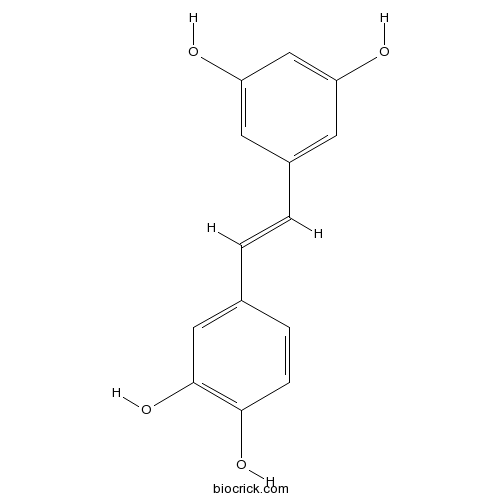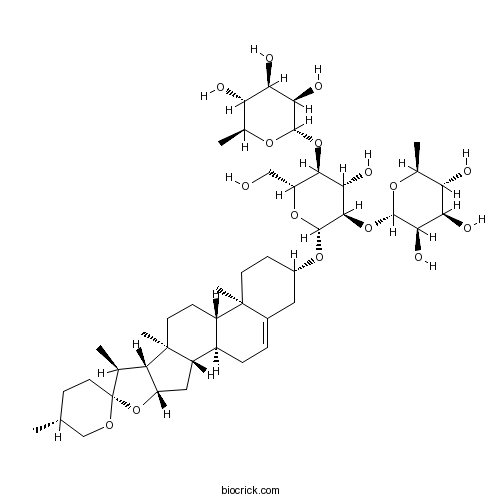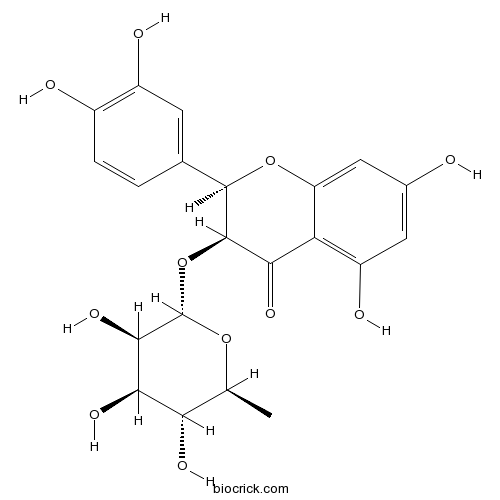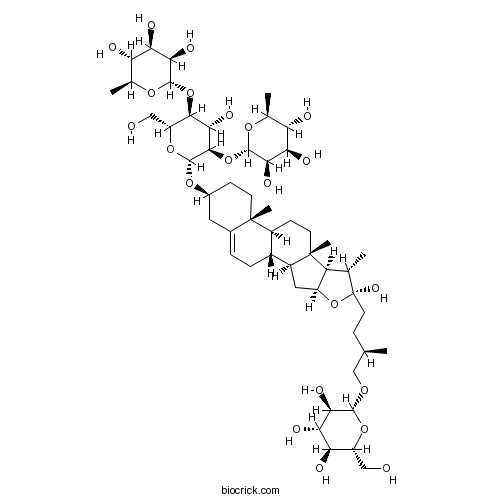Smilax china
Smilax china
1. The products in our compound library are selected from thousands of unique natural products; 2. It has the characteristics of diverse structure, diverse sources and wide coverage of activities; 3. Provide information on the activity of products from major journals, patents and research reports around the world, providing theoretical direction and research basis for further research and screening; 4. Free combination according to the type, source, target and disease of natural product; 5. The compound powder is placed in a covered tube and then discharged into a 10 x 10 cryostat; 6. Transport in ice pack or dry ice pack. Please store it at -20 °C as soon as possible after receiving the product, and use it as soon as possible after opening.
Natural products/compounds from Smilax china
- Cat.No. Product Name CAS Number COA
-
BCN5824
Piceatannol10083-24-6
Instructions

-
BCN6273
Dioscin19057-60-4
Instructions

-
BCN5201
Oxyresveratrol29700-22-9
Instructions

-
BCN5204
Astilbin29838-67-3
Instructions

-
BCN5549
Astragalin480-10-4
Instructions

-
BCN5607
Resveratrol501-36-0
Instructions

-
BCN5719
Isoastilbin54081-48-0
Instructions

-
BCN6274
Protodioscin55056-80-9
Instructions

-
BCN5772
Engeletin572-31-6
Instructions

Distinguishing Smilax glabra and Smilax china rhizomes by flow-injection mass spectrometry combined with principal component analysis.[Pubmed: 29453916]
Flow-injection mass spectrometry (FIMS) coupled with a chemometric method is proposed in this study to profile and distinguish between rhizomes of Smilax glabra (S. glabra) and Smilax china (S. china). The proposed method employed an electrospray-time-of-flight MS. The MS fingerprints were analyzed using principal component analysis (PCA) and orthogonal partial least squares discriminant analysis (OPLS-DA) with the aid of SIMCA software. Findings showed that the two kinds of samples perfectly fell into their own classes. Further predictive study showed desirable predictability and the tested samples were successfully and reliably identified. The study demonstrated that the proposed method could serve as a powerful tool for distinguishing between S. glabra and S. china.


